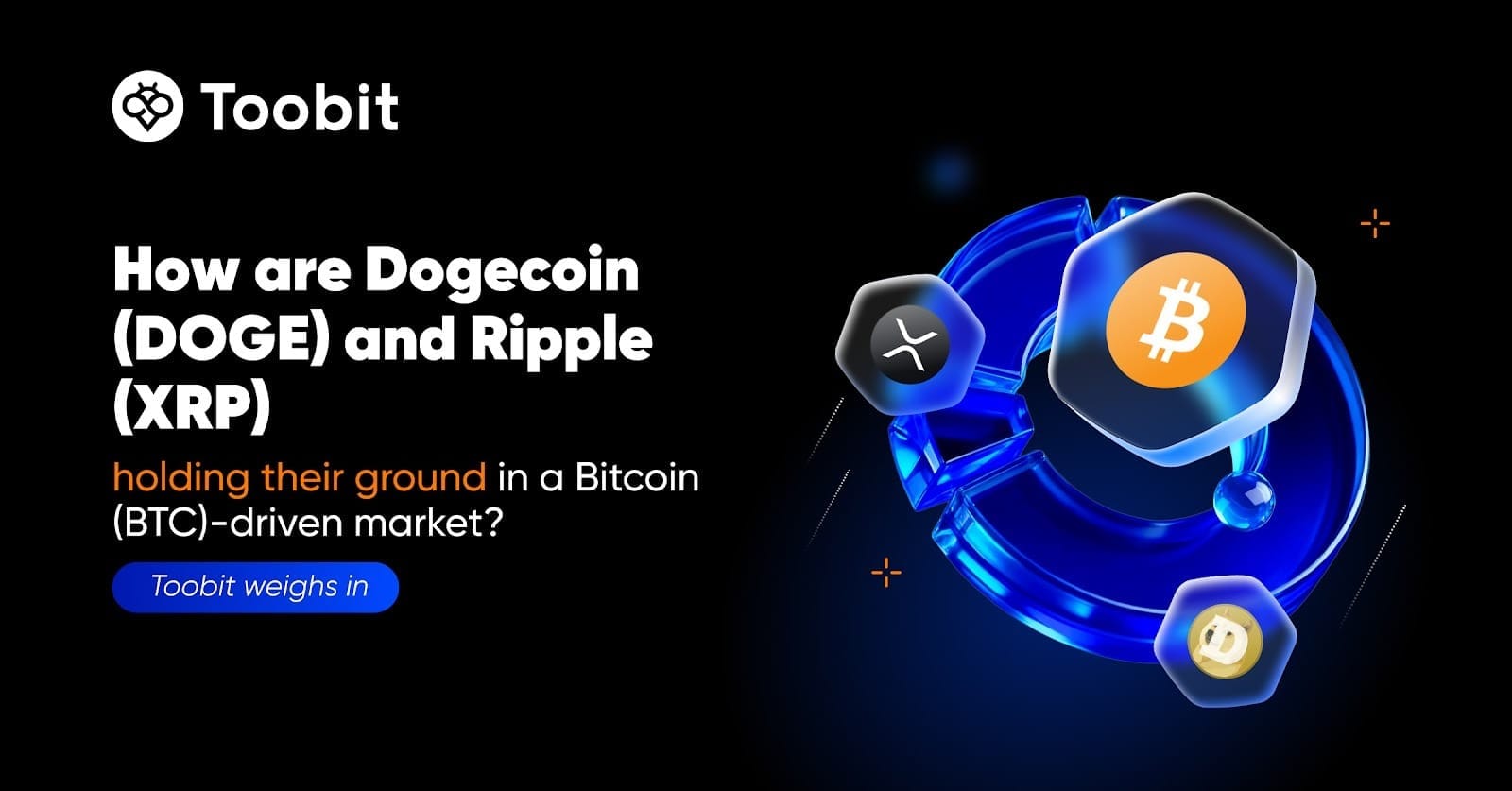Table of Contents
Dash is another digital currency other than Bitcoin, that has gained a following due to its fast transaction speed and innovative governance structure.
In this blog post, we'll explore the similarities and differences between Bitcoin and Dash, including their respective histories, blockchain technologies, market capitalizations, and more as seen on bitsoftware360.com, there are many exciting opportunities and potential benefits for those interested in Bitcoin, from investment opportunities to innovative new technologies.
Differences Between Bitcoin and Dash
Bitcoin and Dash share many similarities as decentralized cryptocurrencies, but there are some notable differences between the two. One of the most significant differences is the transaction speed. Bitcoin transactions can take anywhere from a few minutes to hours to confirm, while Dash transactions are almost instantaneous. This is due to Dash's innovative "InstantSend" feature, which uses a consensus-based locking system to ensure speedy transactions.
Another key difference between Bitcoin and Dash is the governance structure. Bitcoin is a decentralized currency, meaning that there is no central authority or group in charge of its development or management. Dash, on the other hand, has a unique governance structure that allows masternodes (users who own a certain amount of Dash) to vote on important decisions about the future of the currency.
Privacy is also a point of difference between the two cryptocurrencies. Bitcoin transactions are not entirely anonymous, as all transactions are recorded on the blockchain and can be traced back to their origins. Dash, on the other hand, offers optional privacy features through its PrivateSend function, which makes it more difficult to trace transactions back to their original source.
Transaction fees are another difference between Bitcoin and Dash. Bitcoin transaction fees can be quite high during times of high demand, while Dash transaction fees are generally lower and more consistent. This makes Dash a more attractive option for smaller transactions, as users can avoid high fees that may eat into the value of the transaction.
Similarities Between Bitcoin and Dash
While Bitcoin and Dash have several differences, they also share a number of similarities as decentralized cryptocurrencies. One of the most significant similarities is their decentralized nature. Both Bitcoin and Dash are built on blockchain technology, which allows for secure and transparent transactions without the need for a central authority.
Another key similarity between Bitcoin and Dash is their limited supply. Both cryptocurrencies have a predetermined maximum number of coins that can be in circulation. Bitcoin has a maximum supply of 21 million coins, while Dash has a maximum supply of 18.9 million coins. This limited supply is designed to prevent inflation and maintain the value of the currency over time.
Volatility is also a shared characteristic between Bitcoin and Dash. Both cryptocurrencies have experienced significant fluctuations in value, with prices rising and falling rapidly over short periods of time. This volatility can be attributed to a variety of factors, including market demand, regulatory changes, and investor sentiment.
Decentralization is another important similarity between the two cryptocurrencies. Both Bitcoin and Dash are decentralized, meaning that there is no central authority or group in charge of their development or management. This allows for greater transparency, security, and freedom from government interference.
Security and Risks of Bitcoin and Dash
Both Bitcoin and Dash have faced their fair share of security risks and vulnerabilities over the years. Bitcoin, in particular, has been subject to a number of high-profile hacks and thefts that have resulted in the loss of millions of dollars worth of coins. These security risks have largely been attributed to weaknesses in the way that Bitcoin wallets and exchanges are secured, as well as vulnerabilities in the blockchain technology itself.
Dash has also faced some vulnerabilities in its governance system, particularly with regard to the voting process used by masternodes. In 2019, a group of masternodes was able to take advantage of a flaw in the voting process to pass a controversial proposal, which caused a significant backlash from the Dash community.
Regulation and legal issues are another area of concern for both Bitcoin and Dash. While both cryptocurrencies were designed to be decentralized and free from government interference, regulators around the world have increasingly taken notice of the potential risks posed by digital currencies.
Environmental impact is another potential risk associated with both Bitcoin and Dash. The mining process used to verify transactions and add new blocks to the blockchain requires a significant amount of computational power and energy, which has led to concerns about the environmental impact of these activities.
Conclusion
In summary, while Bitcoin and Dash share some similarities as decentralized cryptocurrencies, they also have several key differences in terms of transaction speed, governance structure, privacy features, transaction fees, and use cases. Both cryptocurrencies face security risks and regulatory challenges, but their unique value propositions and innovative features continue to make them popular choices for investors.








